The forest, water and stone are the main treasures of the region that strikes with its pristine beauty, nordic restraint, slight arrogance, spirituality, and - at the same time - its magical attractiveness. The forests in Karelia occupy half of the entire area, the rivers and lakes occupy a quarter, and the swamps cover one fifth of the Karelian land. All the trips around Karelia are ‘ecotours’. As part of a press-tour arranged by Rostourism, we travelled to some places to see the main touristic routes.
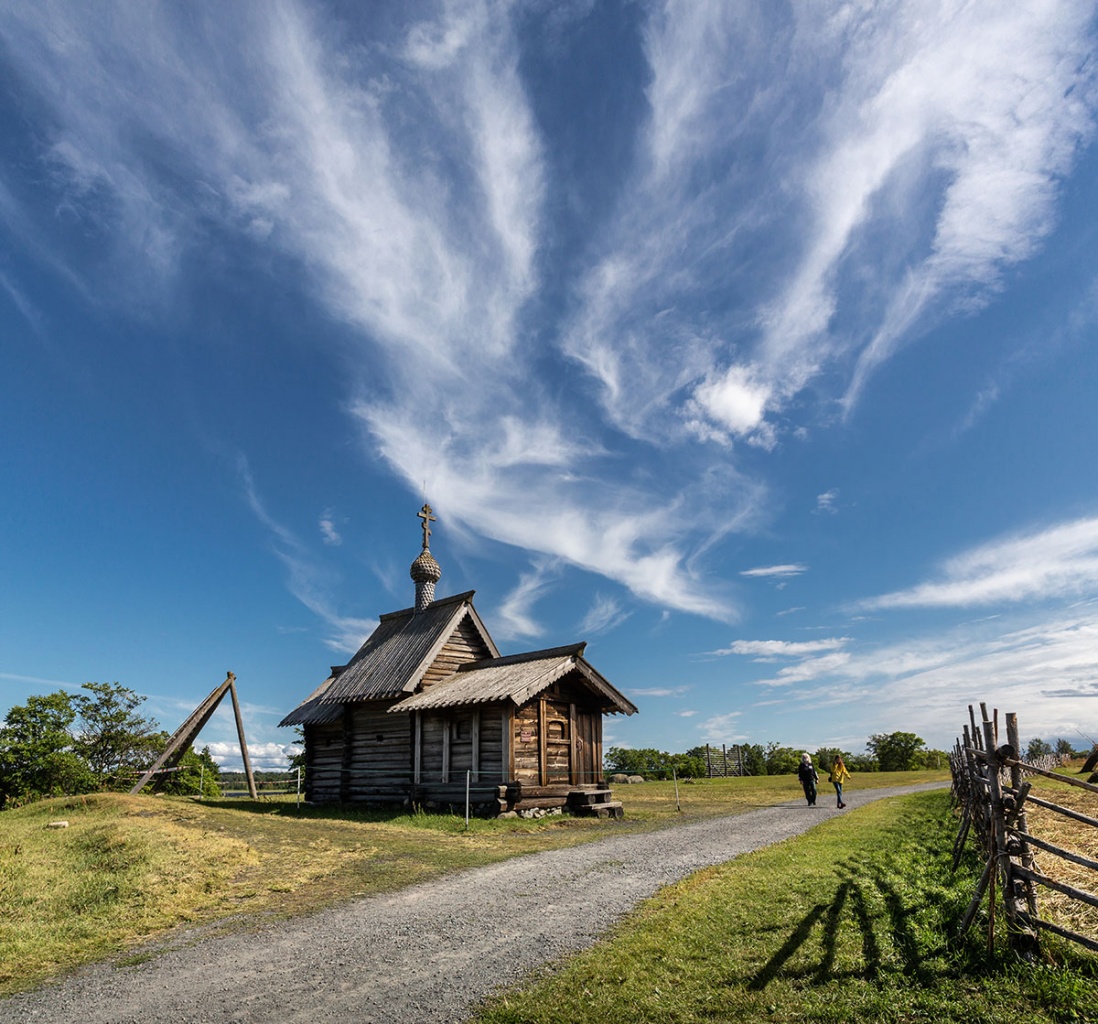
FORESTS
Kivach Reserve: Museum of Nature
The Kivach Reserve is among the oldest ones in Russia and the first reserve in Karelia, it’s among its landmarks and was created in the 1930s. In a relatively small area of 108 square kilometres, all types of the Karelian landscapes can be seen in the Reserve and almost the entire diversity of the region’s flora and fauna. That is why ‘Kivach’ is called ‘Karelia in miniature’.

Over 800 rare trees and shrubs grow in the Kivach forests, some of them are in the Red Book, including the famous northern orchids - ‘Lady's slipper’ (Cypripedium gen.) and ‘Calypso’. Dozens of various animals, more than two hundred species of birds and many butterflies inhabit the Kivach Reserve. Here, you will also come across a monument to a mosquito - another symbol of Karelia. There are especially many of these insects here and they are not hospitable at all.
For everyone who wants to walk through the pristine forest, the Reserve made ecological trails - short excursion routes that pass through the coniferous forest, fern thickets and swamps.
Many years of work made by scientists who have been studying various plants since 1948 were rewarded with a small arboretum of the Kivach Reserve. Most of the Reserve is occupied by pine trees and their roots even thrust through the stone. In the arboretum, you can see the fragrant poplar (Populus suaveolens Fisch.), the aromatic substances of which purify the air, the acacia and the rare ‘long-living’ Siberian larch trees that can be up to 500 years old.
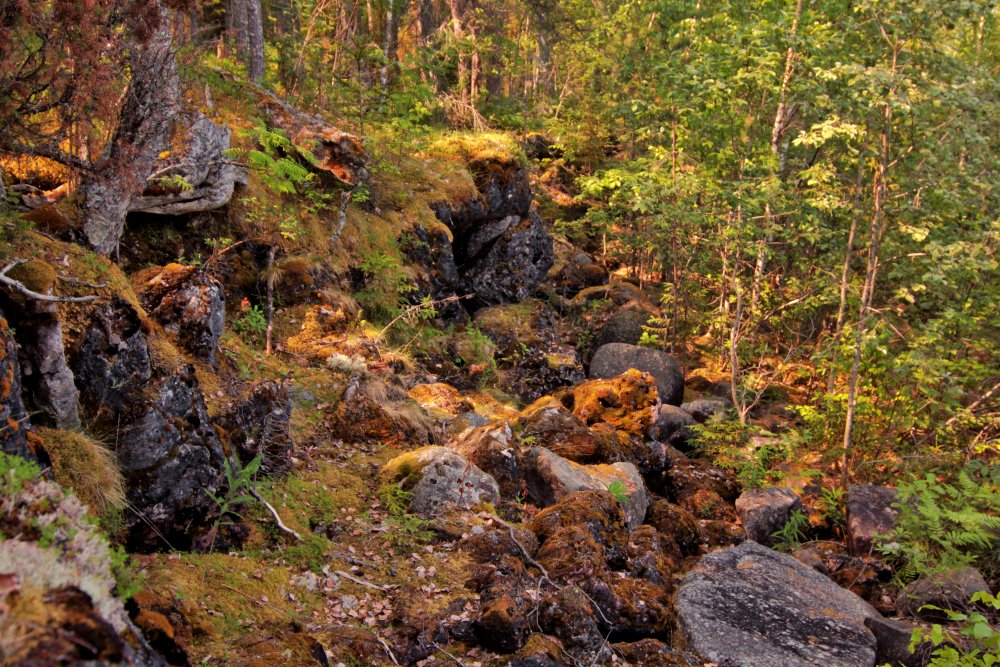
But the pride of place goes to Karelian birch. Plain and curved, it has a very durable wood with a surprisingly beautiful ‘marble’ pattern. Some scientists consider this tree feature as a disease. Only in three years after planting it becomes clear whether the birch tree will turn into a Karelian birch or not.
Did you know?
Up to 32 tonnes of dust settle on one hectare of spruce forest, 36 tonnes on one hectare of pine forest, and 68 tonnes - on one hectare of beech forest.
Kizhi: The jewel in the crown of the wooden architecture
Kizhi is an architectural ensemble of two churches and a bell tower, residential houses, various buildings, baths, mills.
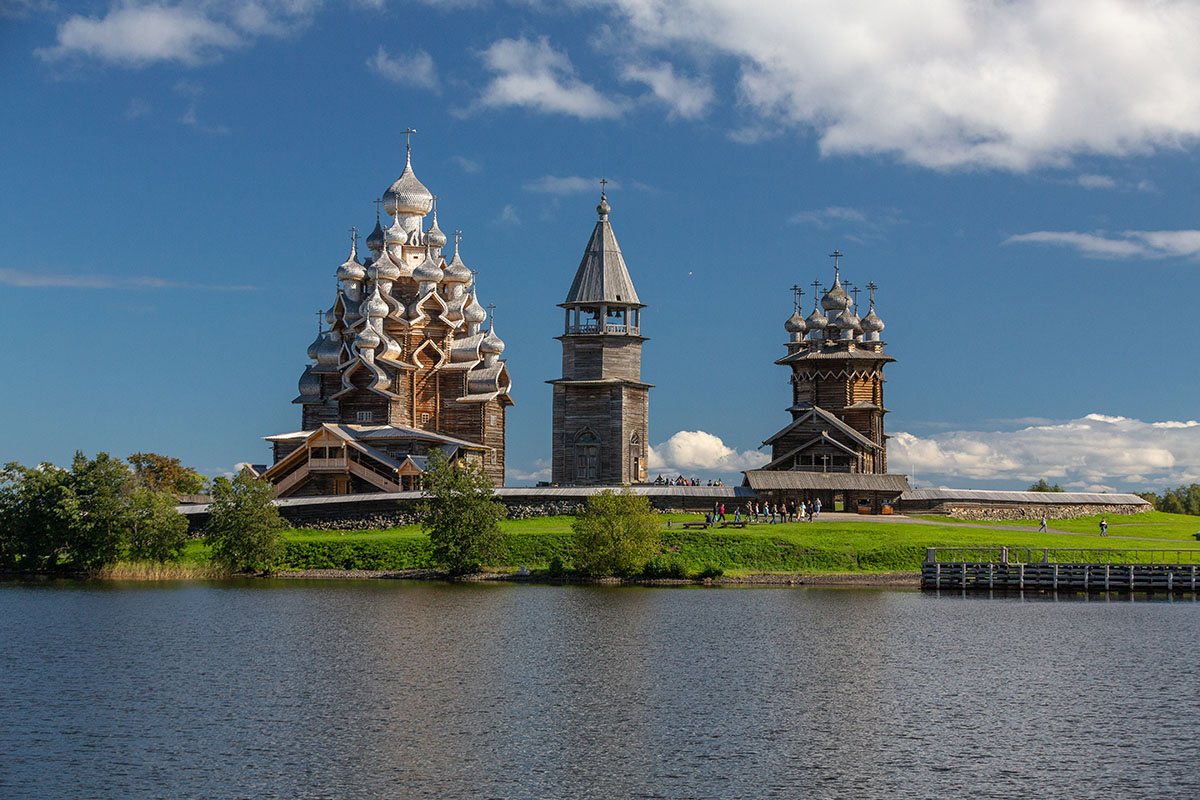
It feels like time stood still here. The furnishings and things in the log houses have been preserved, which gives a complete picture of the life style of the villagers’ families in the Russian North, quite prosperous ones, since their fishing business brought good revenues.
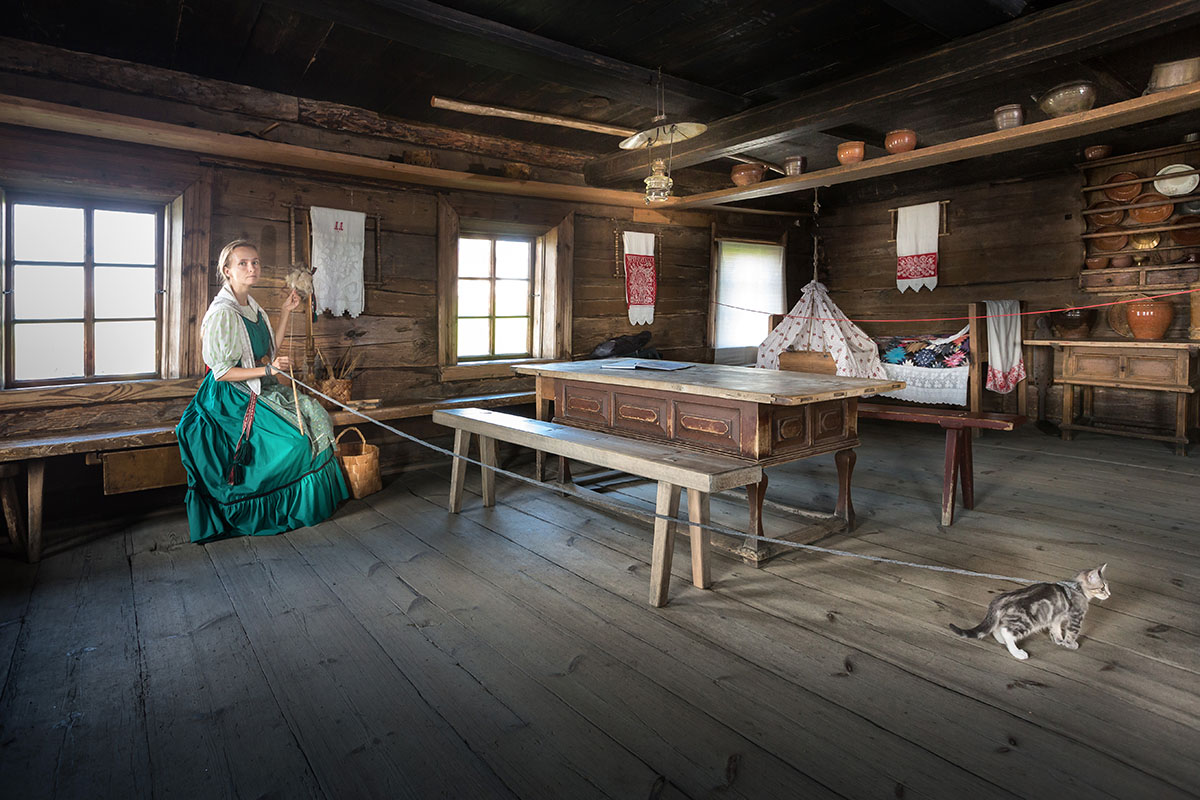
Today, the State Historical, Architectural and Ethnographic Museum and Reserve is on one of the many islands in the northeastern part of Lake Onega.
In 1990, the Kizhi architectural complex was inscribed on the UNESCO World Heritage List. The locals consider Kizhi to be the eighth wonder of the world.
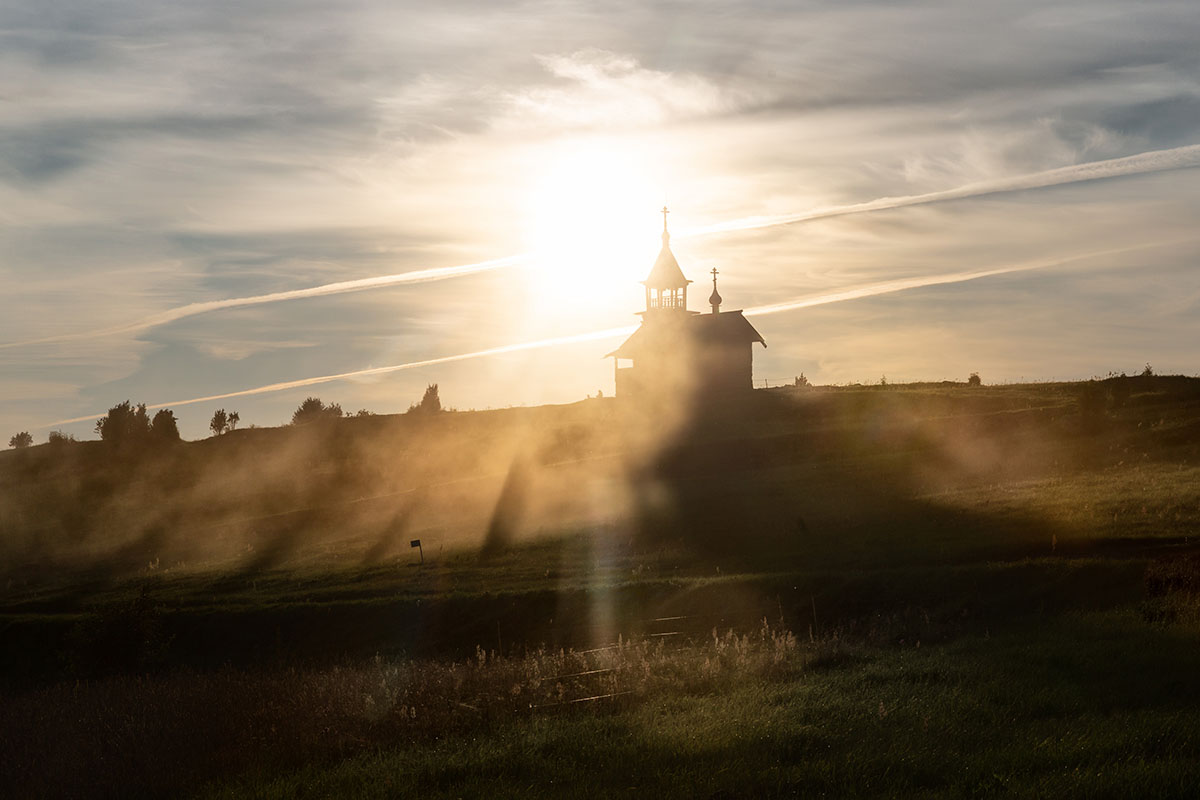
The heart of the Kizhi Pogost (as this settlement was called earlier) is the 22-domed Church of the Transfiguration, one of the largest and most complicated wooden buildings in the world built three centuries ago. The temple was built by an unknown skilled carpenter to replace the old church burned down by a lightning strike. The legend has it that there is not a single nail in the 37-metre high building. But even though the church was built according to Russian carpentry canons, still there are nails in the domes.
The temple is made of pine logs. Every third pine log is 300-350 years old.
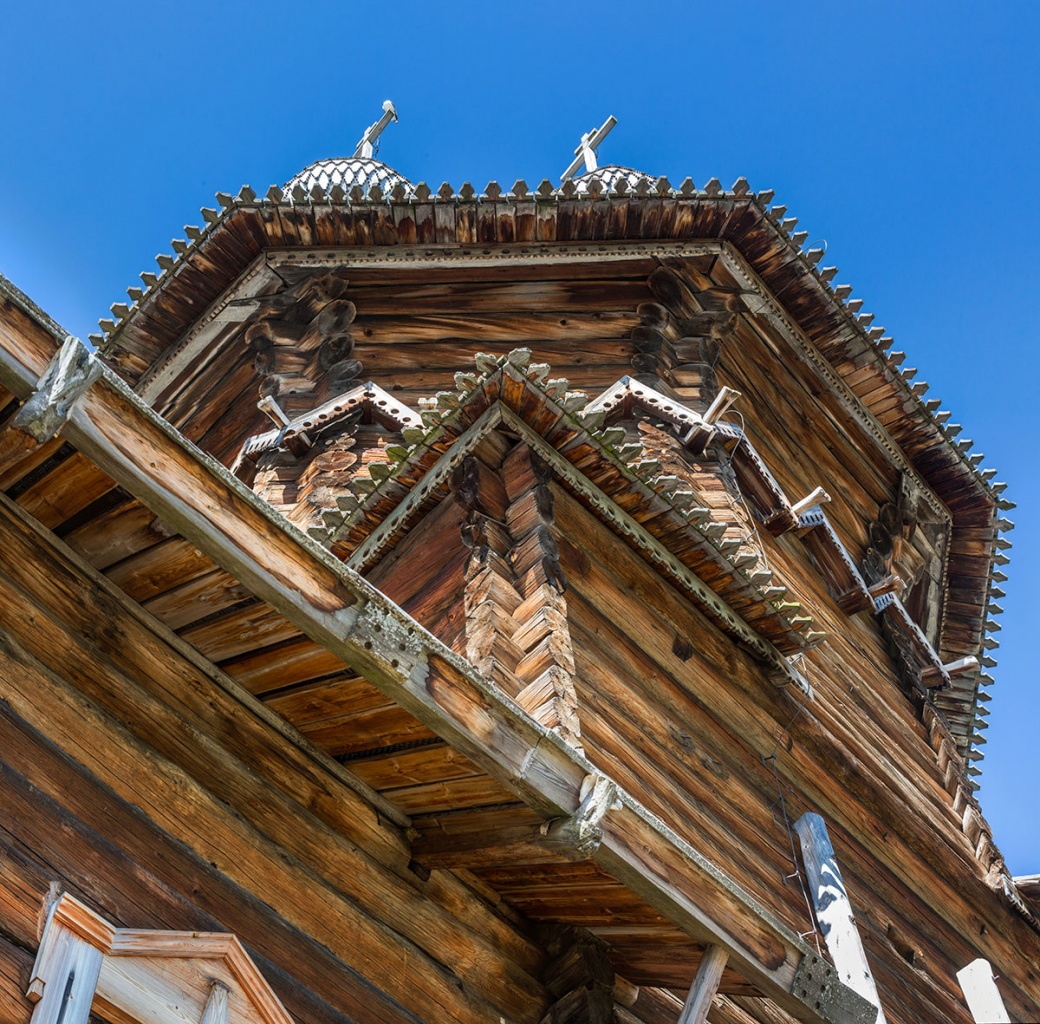
In the North, the carpenters – while woodworking the pine - used a special ax that did not disturbed the ‘blood circulation’ of the log. Thus, the resin, the tree ‘blood’, did not flow out of it. It was very important to preserve it, as it has bactericidal properties and protects the logs from various microorganisms in high humidity conditions. Pine trees were usually cut in February, when the tree was ‘sleeping’. The famous domes of the Church of the Transfiguration were made of silvery aspen - it is very plastic and has poor burning qualities.
The Church has been under reconstruction for the last 40 years. In August, on the Feast of the Transfiguration, it was planned to consecrate it, but this ceremony was postponed to the next year due to the pandemic.
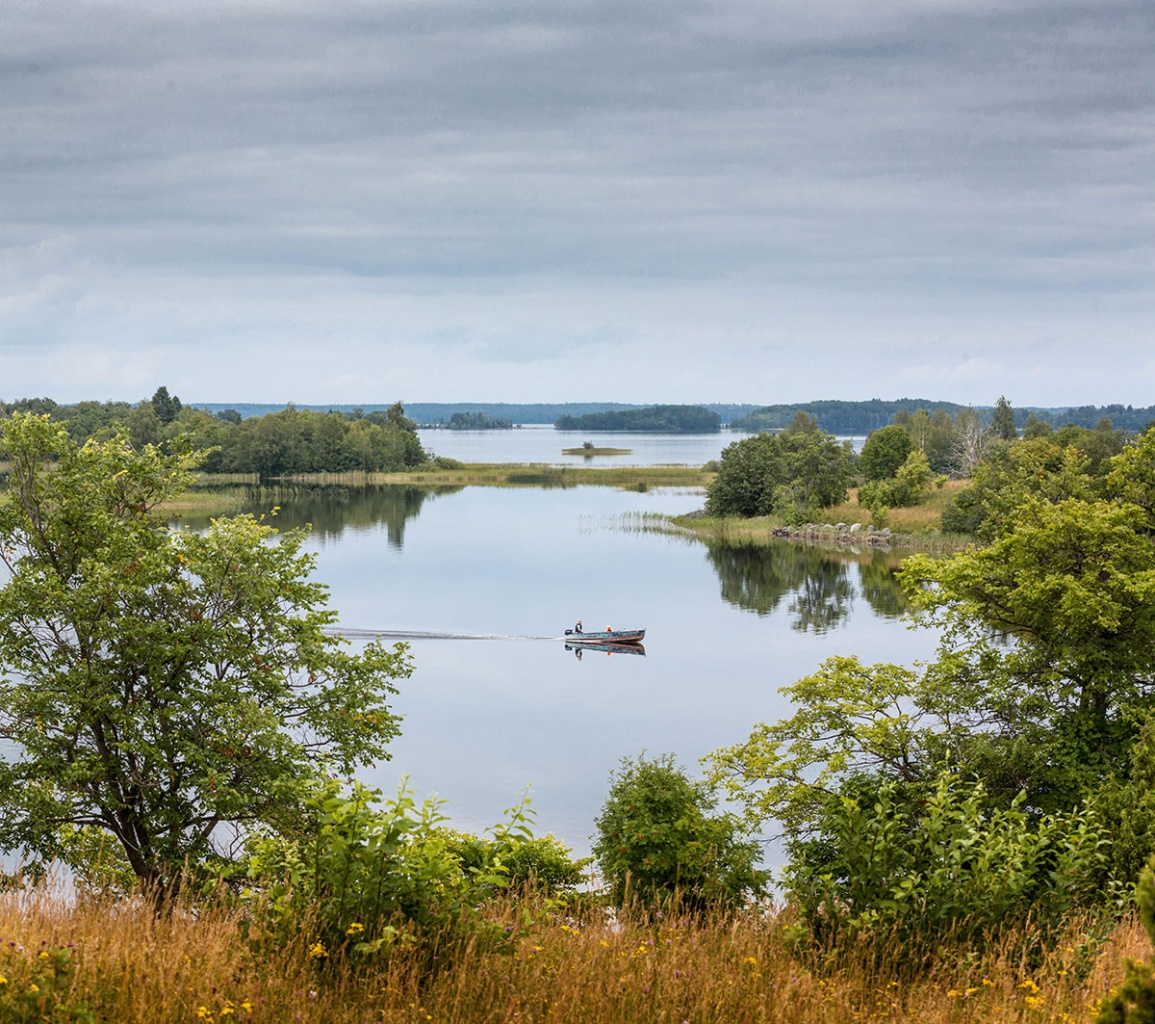
The name of the island, translated from the local dialect, means ‘games’, which may indicate the pre-Christian traditions of its population. The second version of the island name origin comes from the Karelian word ‘kiigi’, which means ‘water moss’ found in swamps; in the past, the villagers used it to insulate their log houses.
To be continued...


